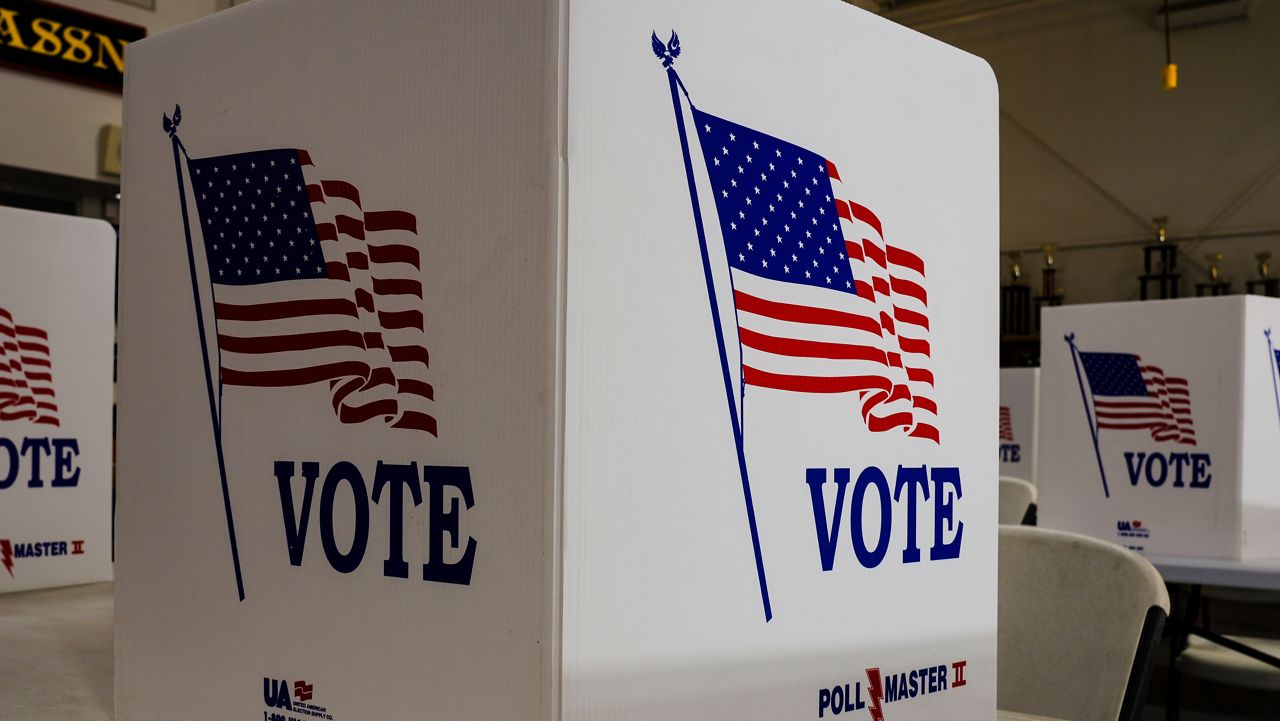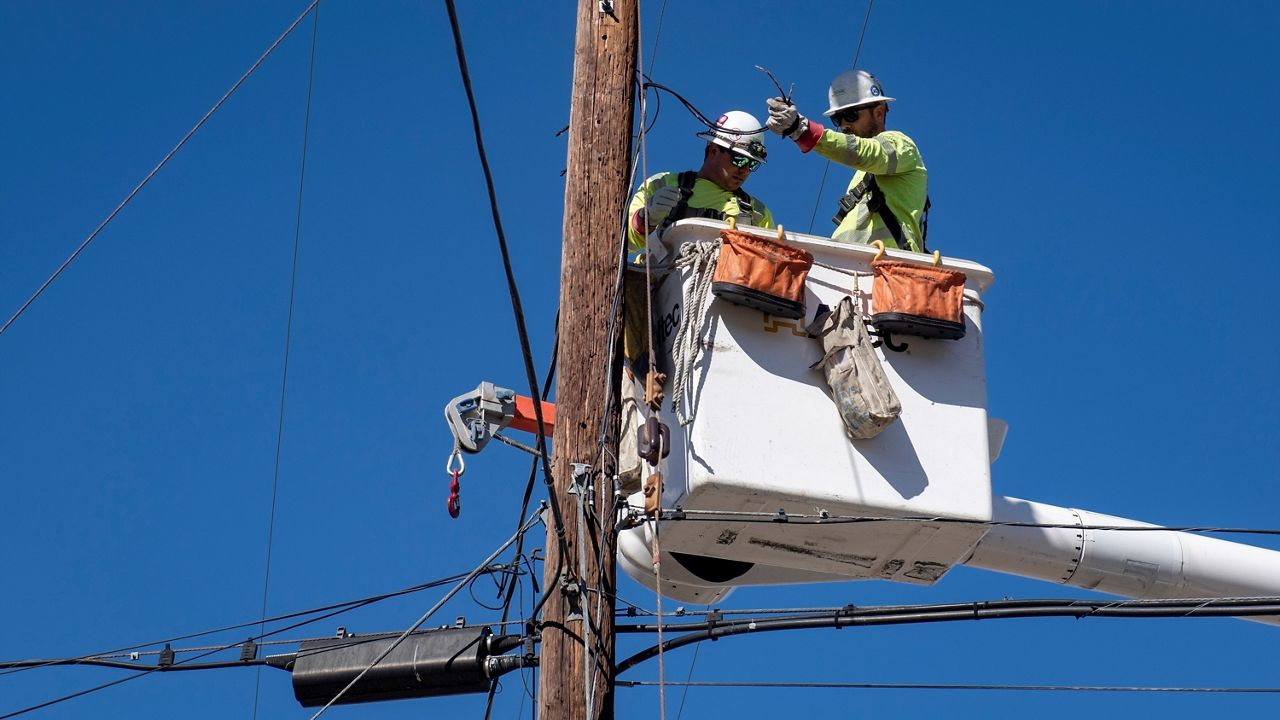CLEARWATER, Fla. -- A May 8 poll from the Medical Group Management Association (MGMA) shows 89 percent of medical practice leaders who responded said their offices were seeing patients in person.
But based on what the association is hearing from members, that doesn't mean doctors are as busy as they were before COVID-19.
What You Need To Know
- MGMA poll shows 97% of respondents saw patient volume drop because of COVID-19 -- many by as much as half
- Clearwater doctor says quick pivot to telehealth helped her practice remain steady
- MGMA says struggle likely to be temporary for many practices
- More coronavirus stories
"The feedback that we're getting from our members in practices across the country is it is just slowly getting back to normal. So, they're not to their normal volumes yet," said MGMA Assistant Director of Association Content Andrew Hajde.
Those volumes took a big hit because of the pandemic. Ninety-seven percent of medical practice leaders who responded to an April 7 poll from MGMA said they saw a drop in patient volume because of COVID-19.
Of those, 71 percent said that decrease was by 50 percent or more.
"Even 25 percent or 50 percent drops in volume can be catastrophic to a private practice who really, even before COVID-19, was on a thin margin in terms of staying financially sound and profitability," said Hajde.
Dr. Deepa Verma said her private practice, Synergistiq Integrative Health, hasn't seen the dip in patient traffic that others have.
"I have been lucky to actually have my office open since all this started," Verma said. "I did have to scale back a little and cut out some, what we call, non-essential procedures."
Verma said it helped that her her practice is fee-for-service-based, not insurance-based, and that her office had offered telehealth services for awhile.
"I was able to adapt pretty quickly. Unfortunately, for those private practices that do rely on insurance, not having that physical, person-to-person contact with patients is going to compromise, and their practice can take a hit," she said.
And while Verma said she thinks telehealth will become more common, it does come with barriers.
"The Centers for Medicaid and Medicare Services, back in March, expanded their reimbursement to allow for telehealth coverage, but the question is: are private insurance and payers going to be able to do that? Without that, it's not going to be sustainable," said Verma.
Hajde said there is the chance some private practices may have to merge or close because of the challenges caused by COVID-19. But he said if there's a silver lining to what practices are going through now, it's that the struggle for many is likely to be temporary.
"We know that the demand for doctors — there's a physician shortage already — all that's going to continue to grow over the next decade. So, it's only a matter of time until it comes back," Hajde said.









